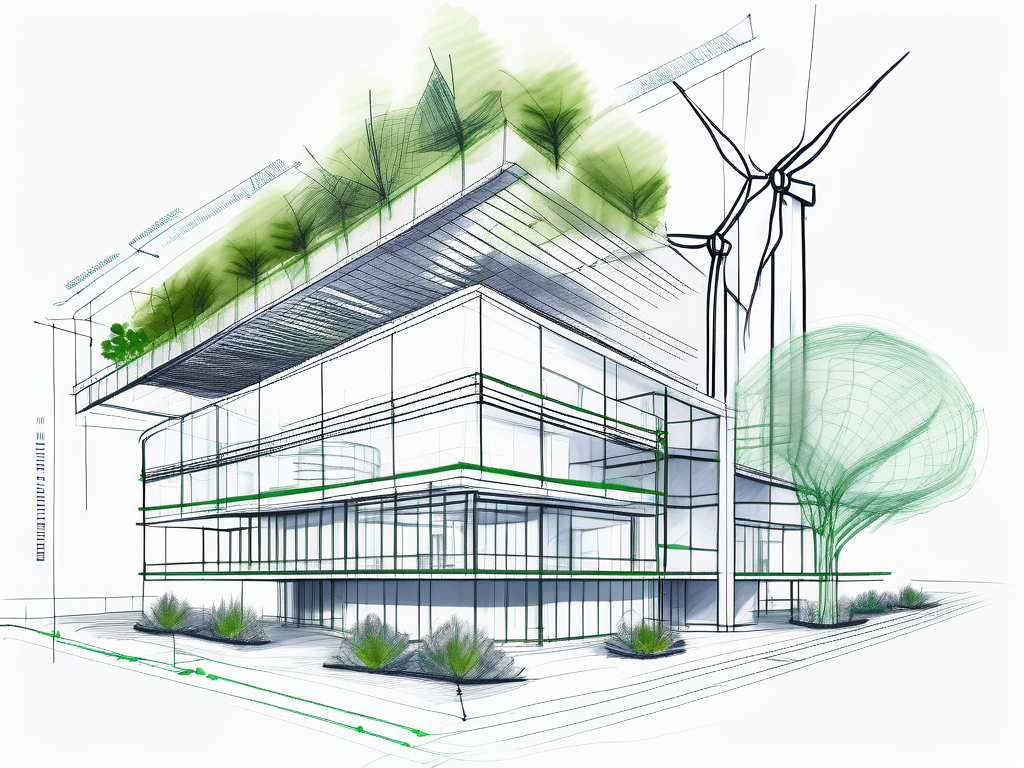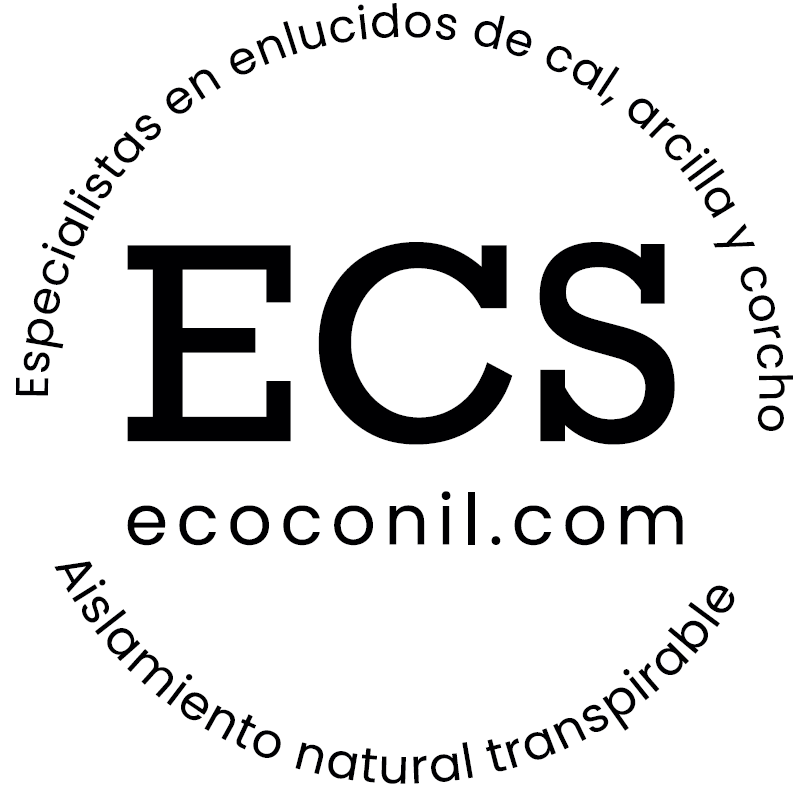The European Union (EU) green buildings plan is a comprehensive strategy aimed at promoting sustainability and reducing the environmental impact of buildings. Architects and designers play a crucial role in this plan as they are responsible for shaping the future of construction and ensuring that it aligns with the EU’s green objectives.
Understanding the EU green buildings plan
The EU green buildings plan is a comprehensive strategy developed in response to the urgent need for sustainable development in the face of climate change. It is a testament to the European Union’s commitment to reducing its carbon footprint and promoting environmental stewardship. The plan, which was first introduced in 2010, has evolved over the years to address the pressing challenges of our time.
One of the key driving forces behind the EU green buildings plan is the recognition that buildings have a significant impact on the environment. From construction to operation, buildings consume vast amounts of energy and resources, contributing to greenhouse gas emissions and environmental degradation. By promoting energy-efficient construction practices and encouraging the use of renewable energy sources, the EU aims to mitigate these negative effects and pave the way for a more sustainable future.
The origins of the EU green buildings plan
The EU green buildings plan stems from a growing concern over climate change and the need to transition to a more sustainable society. It was first introduced in 2010 as part of the EU’s commitment to reducing greenhouse gas emissions and improving energy efficiency.
Key objectives of the EU green buildings plan
The plan has several key objectives, including promoting energy-efficient construction, increasing the use of renewable energy sources, and enhancing the overall environmental performance of buildings. It also aims to improve indoor air quality, reduce waste generation, and foster a more circular economy.
The role of architects and designers in the EU green buildings plan
How the plan impacts architectural design
Architects are at the forefront of designing sustainable buildings that meet the standards outlined in the EU green buildings plan. They must consider factors such as site selection, orientation, and the use of eco-friendly materials to minimize the environmental impact of their designs.
Furthermore, architects are increasingly incorporating innovative technologies such as green roofs, solar panels, and rainwater harvesting systems into their designs to enhance energy efficiency and reduce carbon emissions. By integrating these sustainable features, architects are not only meeting the requirements of the EU green buildings plan but also creating healthier and more environmentally friendly spaces for occupants.
The influence on interior design and planning
Interior designers also play a crucial role in the plan by ensuring that the interior spaces contribute to overall sustainability. They focus on utilising energy-efficient lighting, incorporating sustainable materials, and creating healthier indoor environments for building occupants.
In addition to these considerations, interior designers are exploring biophilic design principles that aim to connect occupants with nature within the built environment. By incorporating elements such as natural light, indoor plants, and views of green spaces, interior designers are not only enhancing the aesthetic appeal of spaces but also promoting well-being and productivity among users. This holistic approach to interior design aligns with the goals of the EU green buildings plan, which emphasises creating sustainable and human-centric built environments.
The potential challenges for architects and designers
Adapting to new green building standards
One of the main challenges architects and designers face is adapting to the new green building standards introduced by the EU plan. This may involve staying up to date with evolving regulations and integrating sustainable design principles into their projects.

Architects and designers are now tasked with not only creating aesthetically pleasing structures but also ensuring they are environmentally friendly and energy-efficient. This shift towards sustainable architecture requires a deep understanding of materials, construction techniques, and renewable energy sources.
The cost implications of sustainable design
Another challenge lies in the cost implications of sustainable design. While green buildings generally have lower operating costs in the long run, the initial investment required can sometimes be higher. Architects and designers must navigate this aspect and find cost-effective solutions without compromising on sustainability.
Moreover, the market for sustainable materials and technologies is constantly evolving, presenting architects and designers with the challenge of selecting the most efficient and innovative options within budget constraints. Balancing the upfront costs with long-term benefits is crucial in creating sustainable yet economically viable designs.
The future of architecture and design under the EU green buildings plan
Predicted trends in green architecture
The EU green buildings plan is expected to fuel several trends in the field of green architecture. These include the incorporation of renewable energy systems, the adoption of natural ventilation techniques, and the implementation of smart technologies to optimize energy consumption.
One significant trend that is likely to emerge is the use of sustainable materials in construction. Architects and designers will increasingly turn to materials that have minimal environmental impact, such as recycled steel, reclaimed wood, and low-emission concrete. This shift towards sustainable materials not only reduces the carbon footprint of buildings but also promotes a circular economy within the construction sector.
The long-term impact on the design industry
The EU green buildings plan will undoubtedly have a profound and lasting impact on the design industry. Architects and designers who embrace sustainable practices will have a competitive edge, as the demand for eco-friendly buildings continues to rise. This will not only benefit the environment but also contribute to the overall well-being of communities.
In addition to the competitive advantage gained by adopting green building practices, architects and designers will also find new opportunities for innovation. The need to meet stringent environmental standards and energy efficiency requirements will drive creativity in design solutions. This could lead to the development of cutting-edge technologies and construction methods that push the boundaries of traditional architecture.
Conclusion
The EU green buildings plan is set to revolutionize the way architects and designers approach their work. By prioritizing sustainability and embracing green building standards, they will be paving the way for a greener, more environmentally conscious future. With the potential challenges ahead, their adaptability, creativity, and commitment will ensure that the vision of sustainable architecture becomes a reality.
